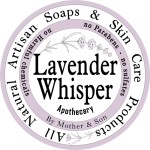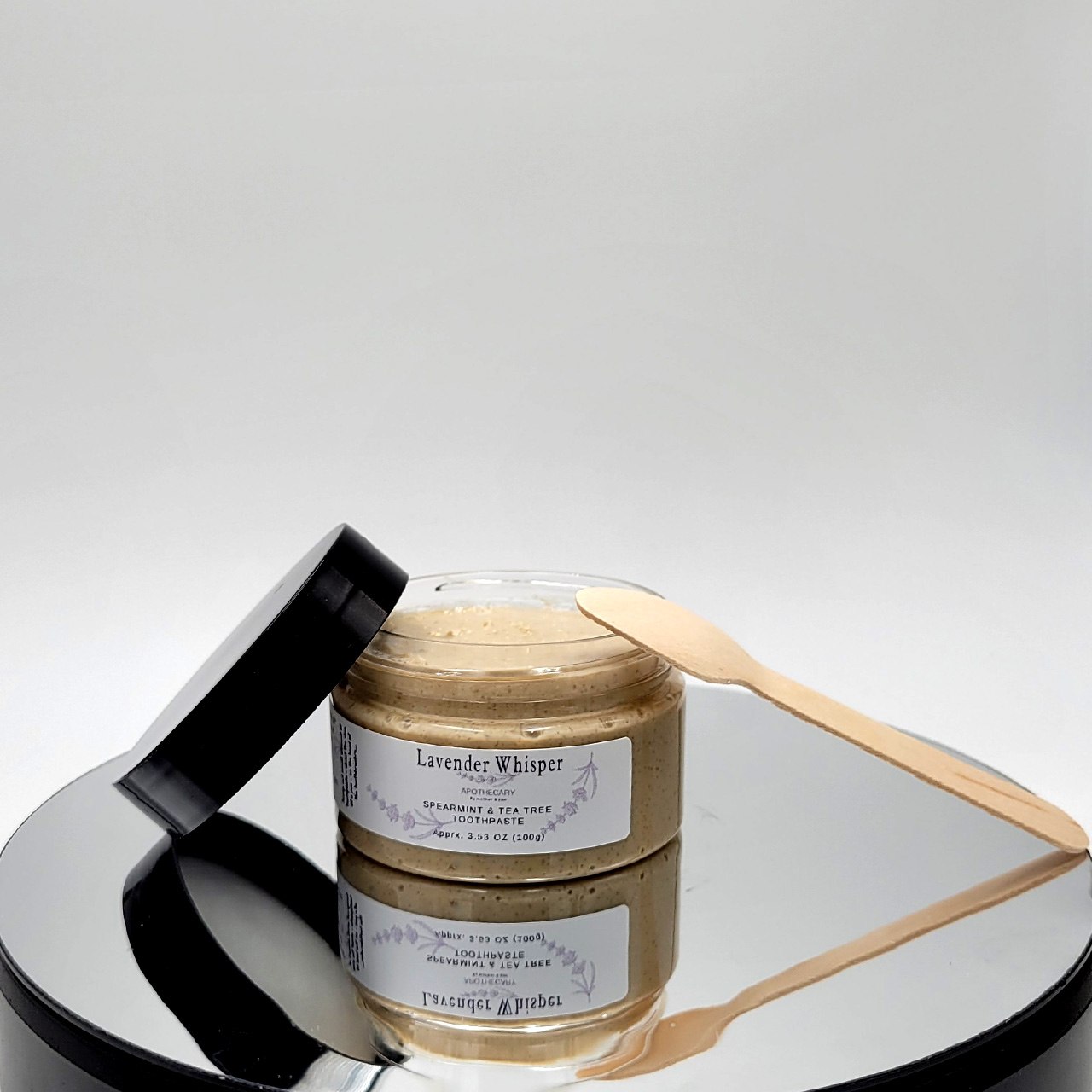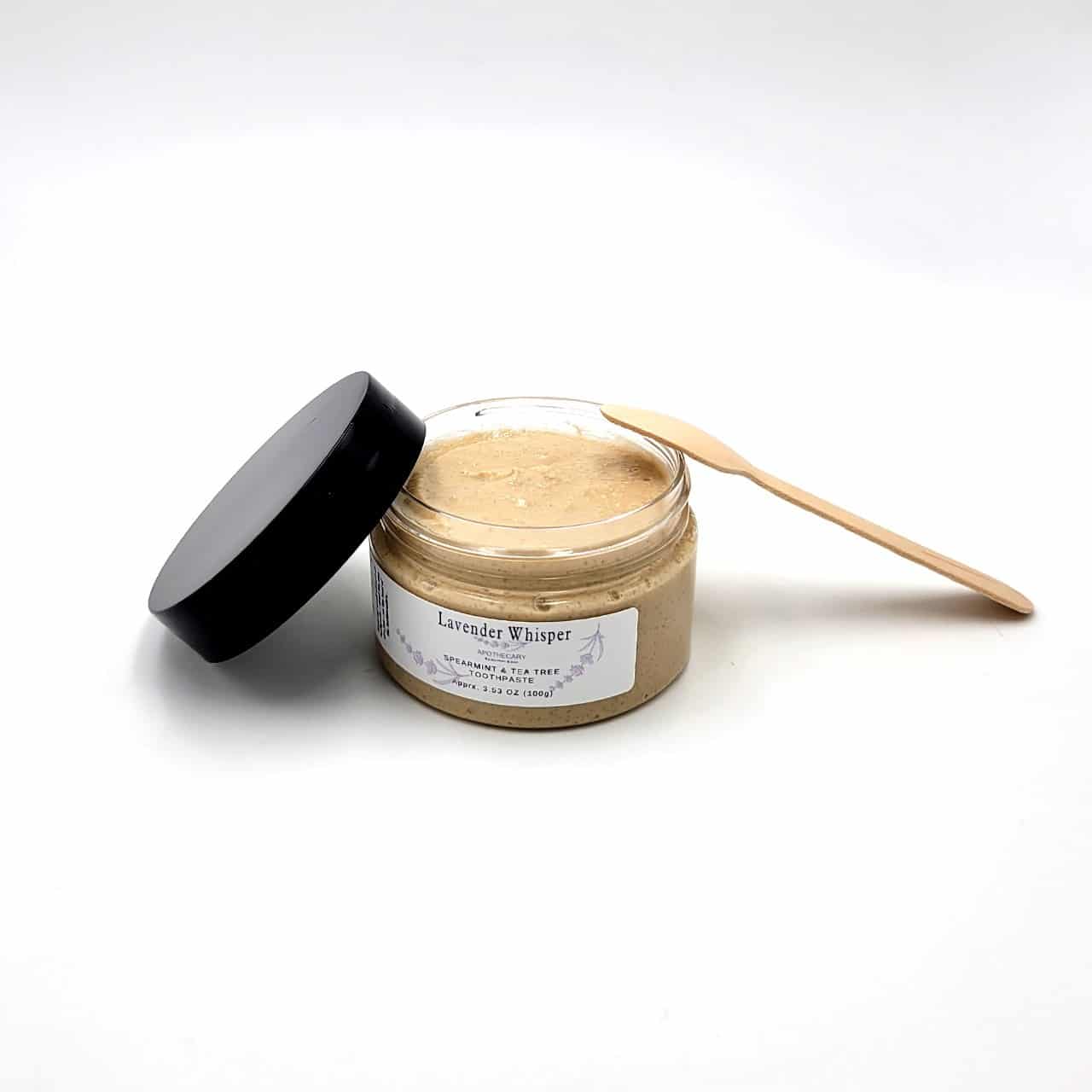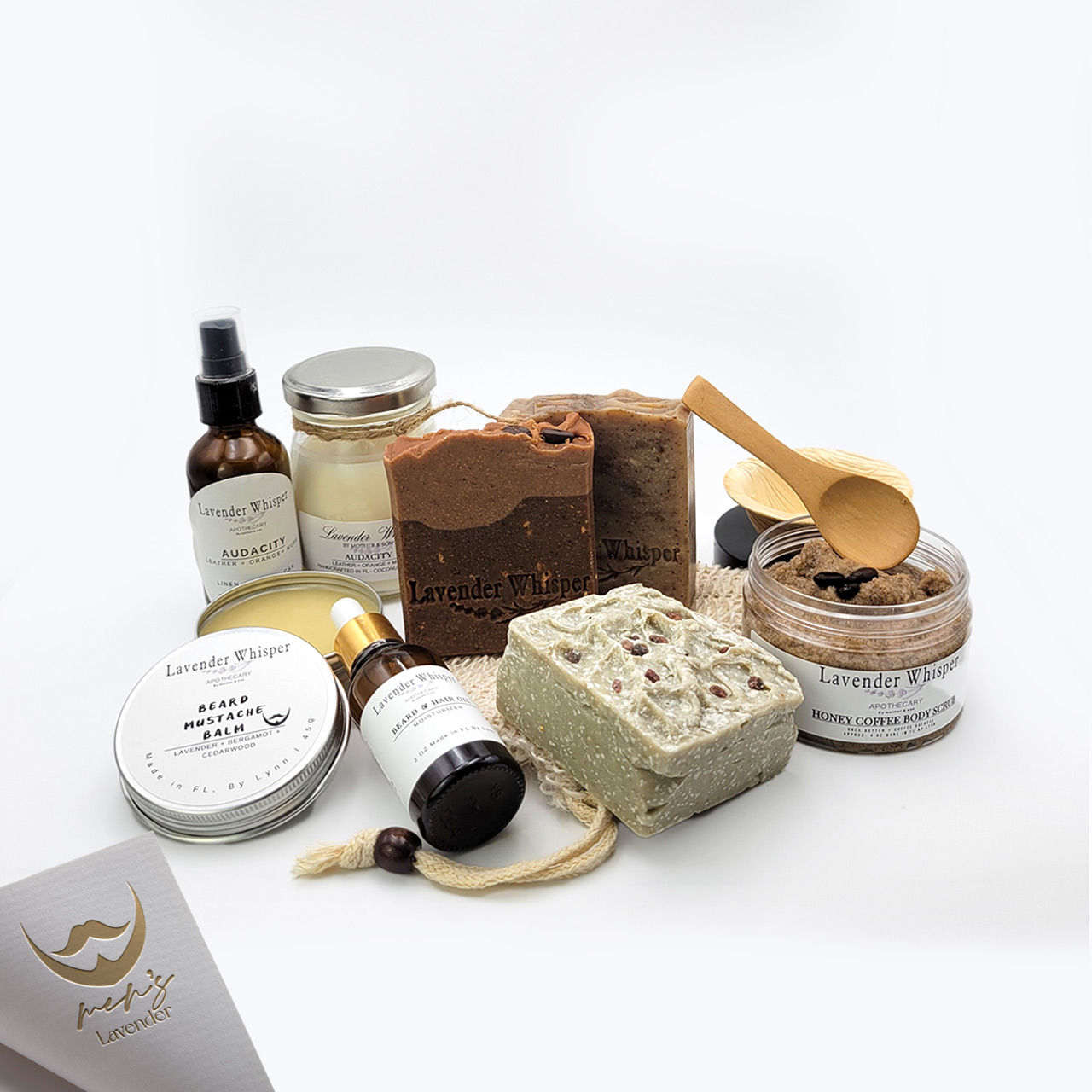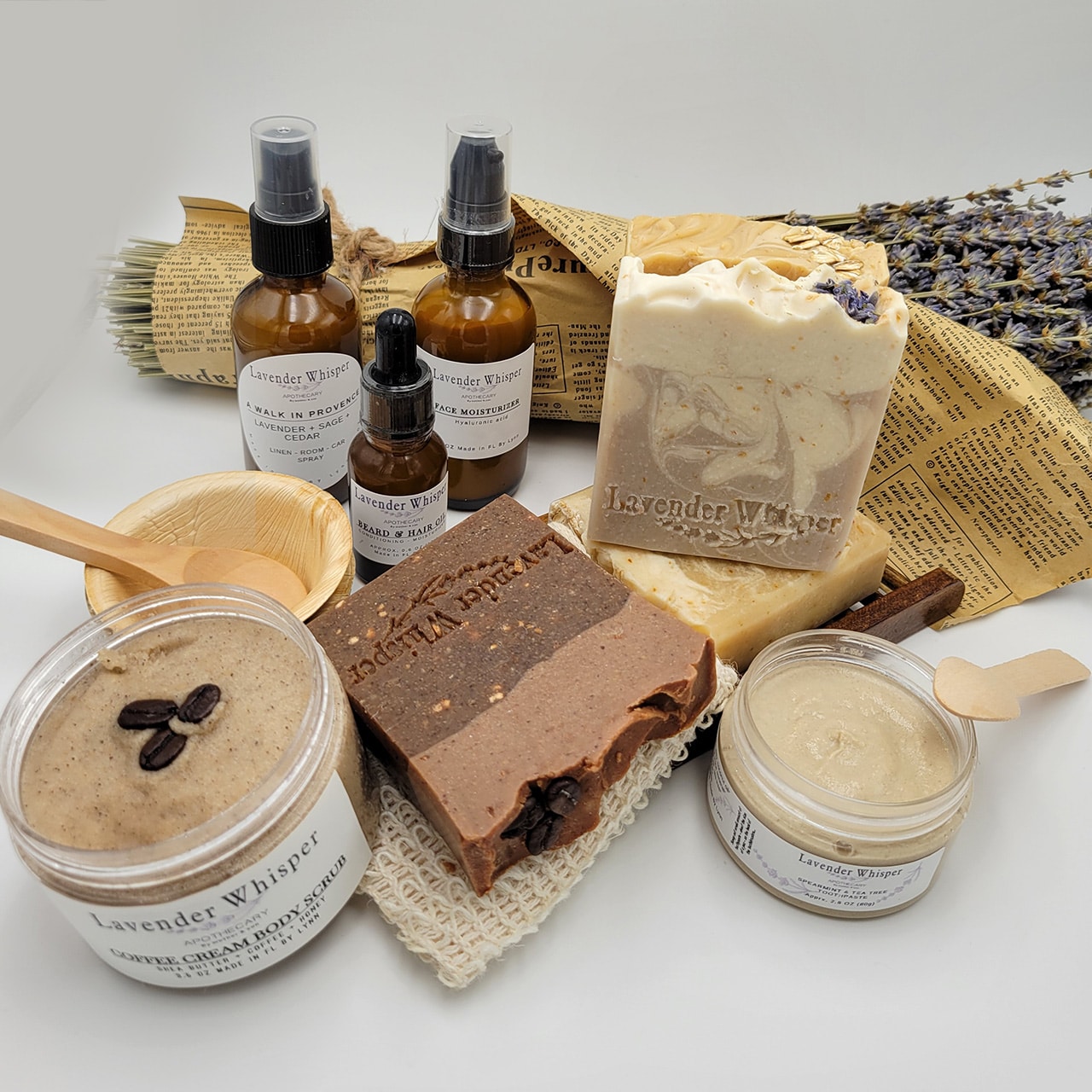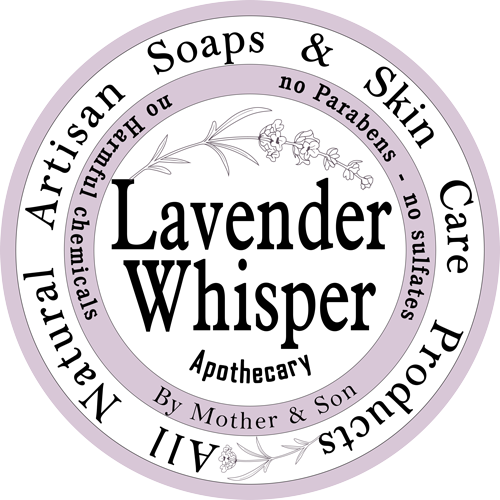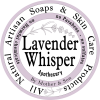
Table of Contents
Psoriasis is a skin disease that leads to ratches with scaly patches. These rashes often appear on the elbows, the knees, the trunk, and the scalp. Common symptoms of psoriasis are white patches of thickened and dry skin. However, symptoms and signs vary according to the type of psoriasis that is affecting the skin. Psoriasis affects more than7.5 million US adults, and many do not know how to ease their symptoms. The disease is caused by inflammation when the immune system is not functioning properly, which leads to inflammations in the body. The inflammations can have visible signs, such as the scales and plaques. One in three individuals with psoriasis will develop psoriatic arthritis. This leads to symptoms such as swelling and stiffness in the joints and areas that are around the joints. This is dangerous because if left untreated (which it often is since it usually goes undiagnosed), permanent joint damage can occur. Symptoms of psoriasis often occur between the ages of 15 and 25, but it can happen at any age. It is even possible for multiple types of psoriasis to affect the same individual at once, although rare. Although it is not fully understood why psoriasis occurs, it is understood that it is a problem with the immune system and genetics affect the chances of suffering from this condition. However, psoriasis is not contagious at all and cannot be caught from someone else.
There are multiple types of psoriasis which cause the symptoms of someone who is going through psoriasis to vary greatly. For example, plaque psoriasis is the most common form of psoriasis. In fact, about 80% to 90% of individuals who develop psoriasis suffer from this type. This type of psoriasis often leads to thick, raised skin (referred to as plaques). There is also a scaly covering on many of the plaques and these plaques often combine and form together to form larger plaques. They usually develop on the scalp, elbows, knees, or lower back. However, this type of psoriasis has the ability to show up anywhere on the skin. Plaques that show up often itch, but scratching leads them to thicken. It is recommended to treat the psoriasis instead of scratching it. Additionally, Guttate psoriasis causes tiny pink bumps suddenly appear on the skin. The bumps cover the torso, the legs, and the arms. These bumps are different from the plaques due to them being small, scaly, and temporary.
The good news about Guttate psoriasis is that once it clears, it may never return. However, it’s also possible to suffer this condition for life. Pustular psoriasis affects only around 3% of individuals who suffer from psoriasis. This condition differs from the other types of psoriasis because it causes pustules, or painful white bumps filled with pus, to surface on the skin. It can also be surrounded by inflamed or reddened skin. This type of psoriasis can cover the entire body or it can affect only certain parts of the body. The 4th type of psoriasis is inverse psoriasis, which affects about a quarter of individuals suffering from psoriasis. Inverse psoriasis has signs including skin that is smooth and inflamed but not scaly.
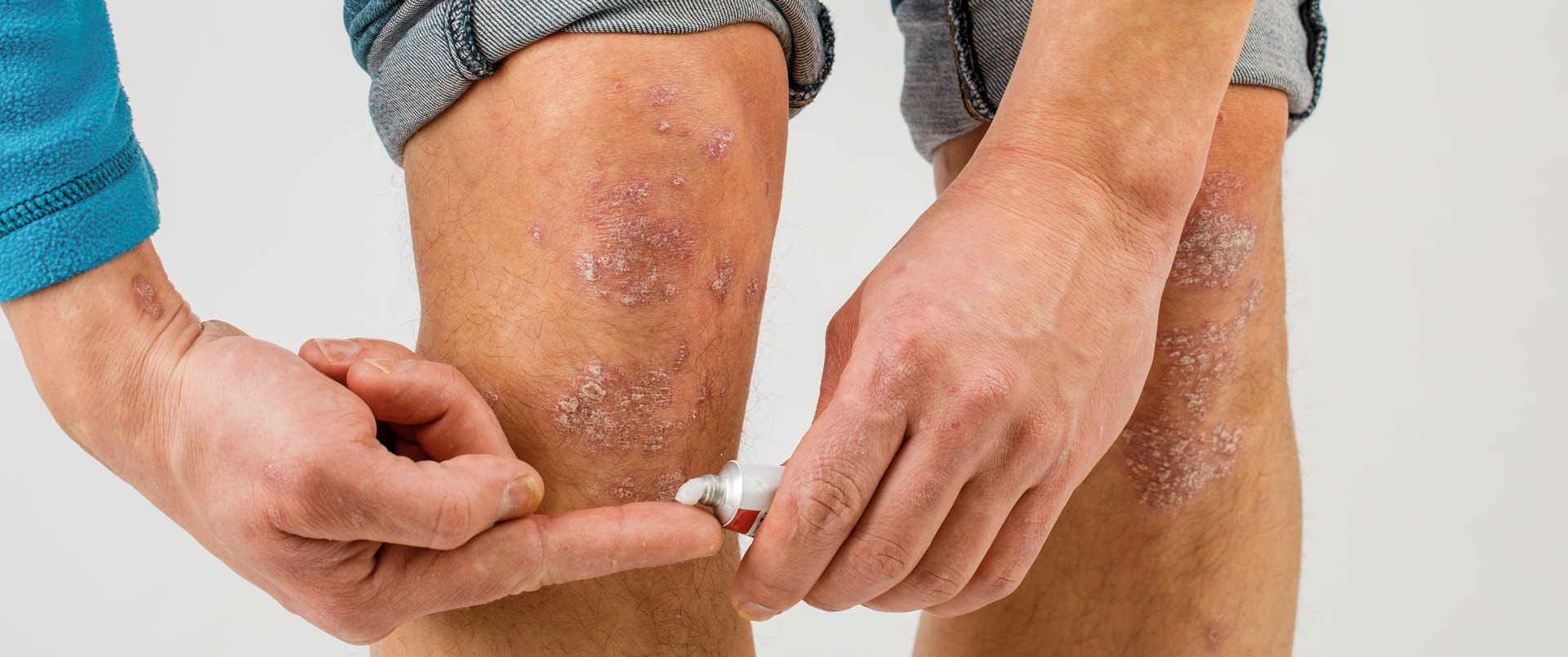
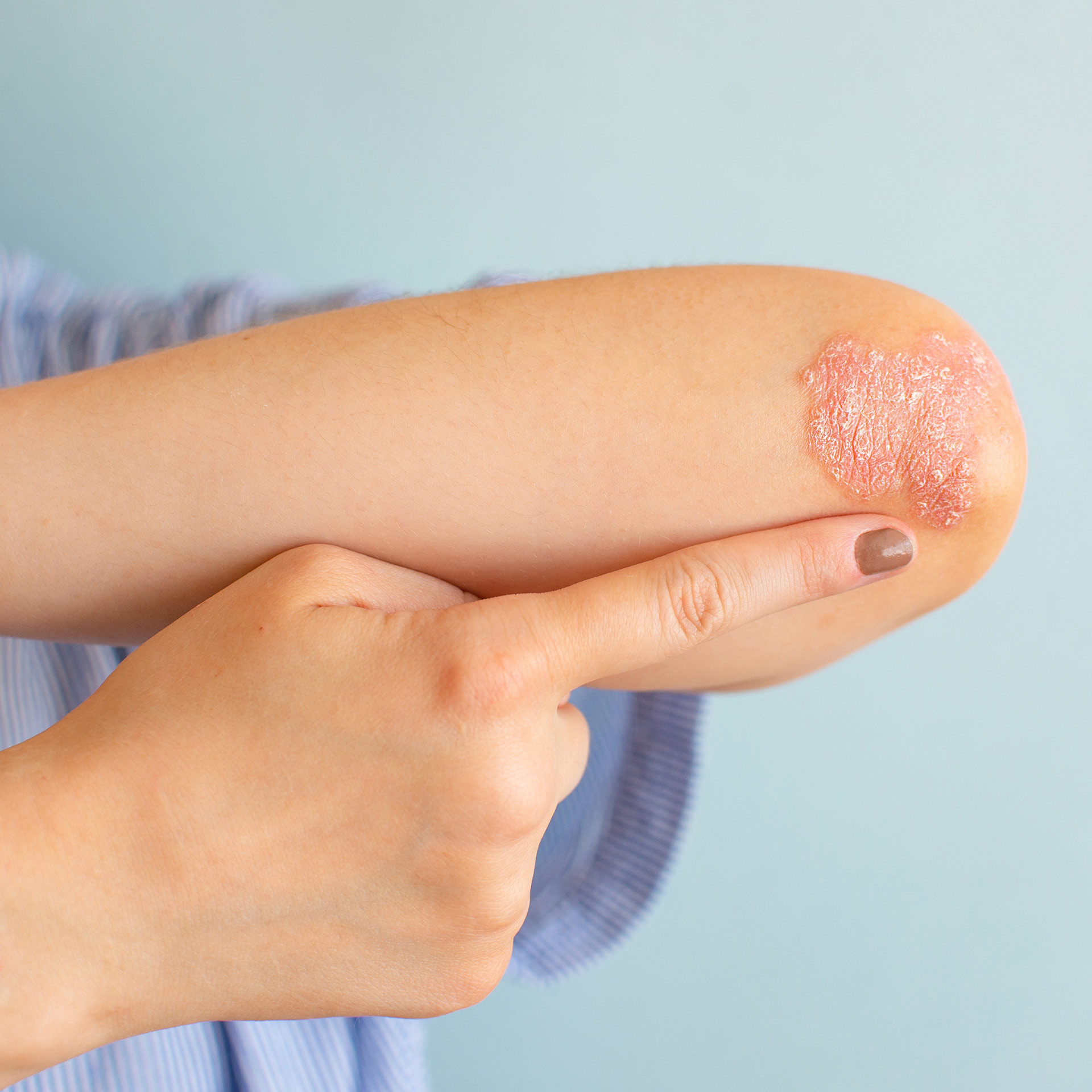
This type of psoriasis can cause severe itching and pain and forms in the skin folds in the body. The last type of psoriasis is Erythrodermic psoriasis, which is the rarest form of psoriasis. Only about 2% of people who live with psoriasis have this type of condition. Erythrodermic psoriasis leads to very intense redness and shedding of layers of skin in forms of large segments. This type of psoriasis is the most dangerous because it affects the body, and it can be life threatening due to its ability to cause changes in heart rate and body temperature. This can lead to dehydration, nail changes, and possibly death during an erythrodermic flare. The 5 types of psoriasis all include changes to the surface of the skin in different forms.
The goal of all psoriasis treatments is to stop skin cells from growing at such a speedy rate and to remove scales, rashes, and plaques. There are multiple treatment options for psoriasis, varying in success. Treatments include natural products and creams (or topical therapy), phototherapy (also known as light therapy), and medications. Light therapy involves exposing the skin to natural or artificial light, such as sunlight or UVA light, repeatedly in order to get rid of the scales and plaques. This type of treatment should only be used for moderate to extreme cases of psoriasis.
Side effects of this treatment include dry and wrinkled skin, freckles, and increased sun sensitivity. Additionally, oral or injected medications could be used to treat psoriasis. These medications are for extreme cases where other treatments do not affect the psoriasis. These medications are often alternated with other treatments due to their common potential for severe side effects. Topical therapy using natural products can ease the symptoms of psoriasis such as the itching and scaling caused by psoriasis.
There are multiple ways to treat psoriasis, including topical herbal treatments and natural alternatives. For example, choosing soaps that are made with natural products attenuates the appearance of this condition and can clear up the patches, plaques, and rashes. These rashes and bumps in the skin are often the biggest struggle of psoriasis for most individuals with the condition due to the change in appearance of the skin. Therefore, it is recommended to utilize natural products and soaps in order to lessen the effects of psoriasis
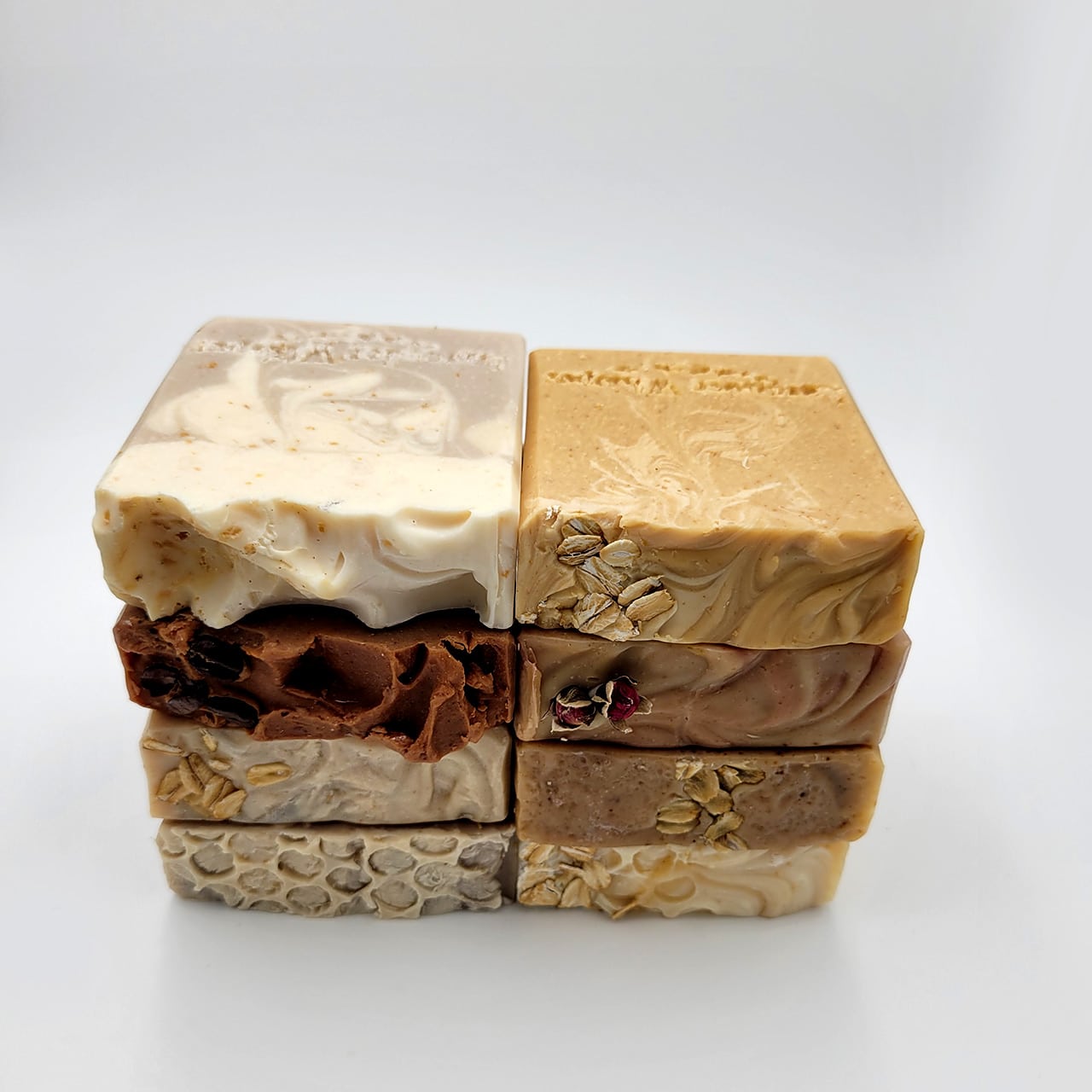
The use of products of natural origin can help reduce the effects and symptoms of psoriasis.
Lavender Whisper Apothecary was created, we have learned the impact of your skin care products to your health, that is why we use only the high quality ingredients, all natural plant based oils, butters, essential oils, botanicals and clays, we look for ingredient that are beneficial to you skin and your health, all natural emollients, moisturizers, antiseptic, exfoliating, detoxifying and soothing.
